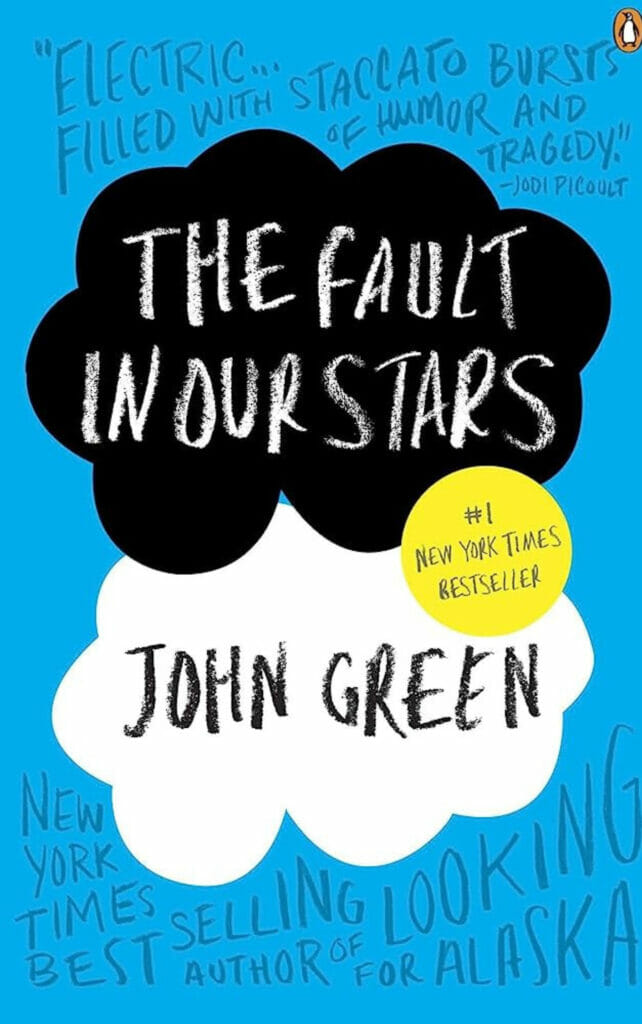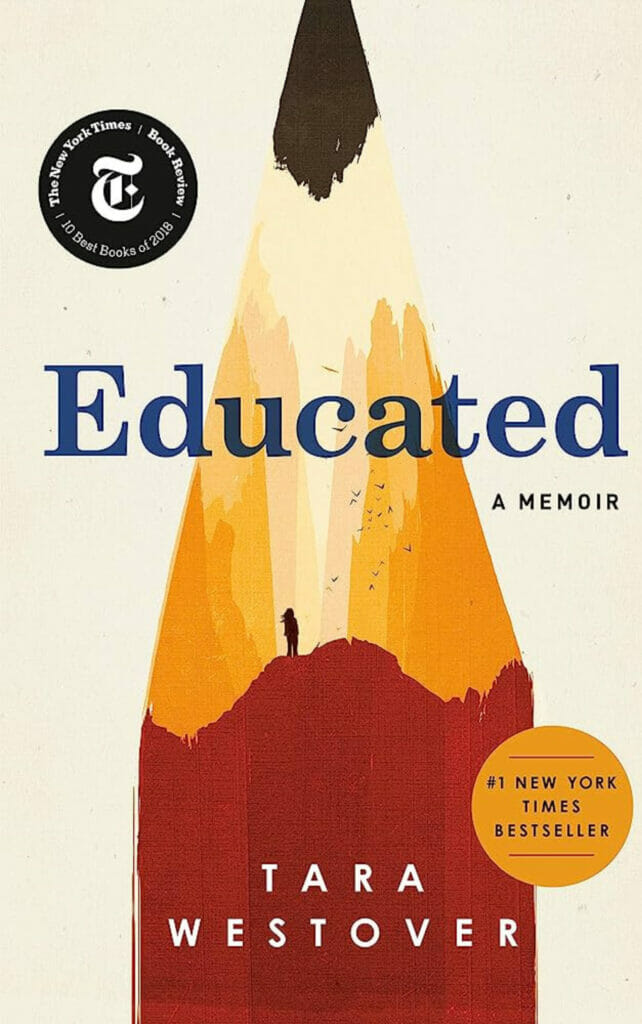Whether you’re writing a novel, short story, poem, script, or autobiography, one of the most important elements of compelling storytelling is the ability to convey emotion.
Emotion is what draws readers in and makes them care about your characters and their experiences. But how do you write with emotion in a way that feels authentic and impactful? We’ll explore some techniques and strategies for infusing your writing with emotion, and how to use it to create a more powerful and engaging story.
Table of Contents
Why is it important to show emotion in writing?
Emotional writing is important because emotions are the driving force behind human actions, decisions, and experiences. When readers can connect with the emotions of a character in a story, they are more likely to become invested in the story through the end. Emotions help to create tension and conflict in a story, as characters are forced to grapple with their feelings and make difficult decisions.
Emotions can also help to bring a story to life and make it more relatable. When readers can empathize with the emotions of a character, they can better understand and connect with them. Often, readers don’t remember the details of a story once they’ve finished the book, but they’ll remember how that book made them feel for years after.
Showing emotion in writing can help to develop characters and create more complex, nuanced portrayals of human behavior. By showing the internal struggles and conflicts, writers can create multi-dimensional characters that feel authentic.
In short, showing emotion in writing is crucial for creating a story that engages readers on an emotional level, develops complex characters, and makes a lasting impact on the reader.
Examples of emotional writing in fiction
Here are a few examples of emotional writing in fiction.

The Fault in Our Stars by John Green
This novel deals with the emotional journey of two teenagers with cancer who fall in love.
“I’m in love with you, and I’m not in the business of denying myself the simple pleasure of saying true things. I’m in love with you, and I know that love is just a shout into the void, and that oblivion is inevitable, and that we’re all doomed and that there will come a day when all our labor has been returned to dust, and I know the sun will swallow the only earth we’ll ever have, and I am in love with you.”

To Kill a Mockingbird by Harper Lee
To Kill a Mockingbird explores themes of racism, injustice, and family relationships. The following quote is a poignant moment in which the protagonist, Scout, reflects on her relationship with her father:
“Atticus was right. One time he said you never really know a man until you stand in his shoes and walk around in them. Just standing on the Radley porch was enough.”

The Kite Runner by Khaled Hosseini
This novel follows the story of a boy growing up in Afghanistan and his relationship with his best friend, who is also the son of his father’s servant. This quote is the moment he reflects on the guilt he feels over past mistakes:
“I have been peeking into that deserted alley for the last twenty-six years. One day I saw a couple walking down it, the boy whistling and the girl holding hands. I wished I could walk that far with them…The past claws its way out. Looking back now, I realize I have been peeking into that deserted alley for the last twenty-six years.”
These are just a few examples of emotional writing in fiction. Emotional writing can take many forms, and it can be found in any book genre.
Examples of emotional writing in nonfiction
And here are some more examples of emotional writing in nonfiction.

I’m Glad My Mom Died by Jenette McCurdy
This autobiography is about McCurdy’s incredibly complicated relationship with her mother, then the emotional falling out after her mother’s death.
“I’m becoming an angry person with no tolerance for anyone. I’m aware of this shift and yet have no desire to change it. If anything, I want it. It’s armor. It’s easier to be angry than to feel the pain underneath it.”

The Year of Magical Thinking by Joan Didion
This memoir chronicles the year after the author’s husband died suddenly, and her efforts to come to terms with his death.
“Grief turns out to be a place none of us know until we reach it. We anticipate (we know) that someone close to us could die, but we do not look beyond the few days or weeks that immediately follow such an imagined death. We misconstrue the nature of even those few days or weeks. We might expect if the death is sudden to feel shock. We do not expect the shock to be obliterative, dislocating to both body and mind.”

Educated by Tara Westover
This memoir details the author’s upbringing in a strict, fundamentalist family in rural Idaho, and her eventual escape and pursuit of education.
“There was a pause, then more words appeared—words I hadn’t known I needed to hear, but once I saw them, I realized I’d been searching my whole life for them. You were my child. I should have protected you. I lived a lifetime in the moment I read those lines, a life that was not the one I had actually lived. I became a different person, who remembered a different childhood. I didn’t understand the magic of those words then, and I don’t understand it now. I know only this: that when my mother told me she had not been the mother to me that she wished she’d been, she became that mother for the first time.”
Infusing writing with emotion is important in both fiction and nonfiction, to help the reader connect with the piece, to deepen the lasting impact, and to bring the story to life.
Tips for using emotion in writing
Here are some steps you can take to insert more emotion into your writing. If you’re writing nonfiction, think of the “characters” as the narrative perspective is for your nonfiction book.
1. Get in the character’s perspective
The deeper into our dynamic character we can get, the more we’ll feel what they feel. Developing strong characters with a close narrative perspective can set you up for strong emotional writing.
2. Pacing – “earn” the emotion
Shoving too much emotion into a story when you haven’t established the world, situation, characters, or why the readers should care about them, won’t do you much good! It can feel forced and contrived—so try to save the heavier emotional moments for times in the story when your readers can really care about it.
On a smaller scale, pacing is also important for those beat-by-beat emotional moments. Varying the pacing of your novel writing can help to convey different emotions. For example, short, fast-paced sentences can convey excitement, while longer, more leisurely sentences can convey sadness or introspection.
3. Help the readers identify and relate with the character
Kind of like using emotion too early in the story, if you try to use a character who is unrelatable or the audience hasn’t bonded with to make the reader feel something, it will be less impactful. If you can build strong characters that readers will relate to, those emotional beats can hit much harder, because the reader-character bond is stronger.
4. Strong description—”show, don’t tell”
One of the most effective ways to convey emotion is to show it through actions, body language, and dialogue rather than simply telling the reader how the character feels. For example, instead of saying, “He was sad,” show the character crying or slumping their shoulders. Even subtler, most people try very hard not to cry in front of others—instead of having a character burst into tears, try having them clear their throat and quickly change the subject. Maybe they force a laugh or go a little over-the-top trying to act unbothered.
Describing sensory details can help the reader experience the emotions along with the character. For example, describing the smell of the rain during a sad moment can help the reader feel the character’s sadness. Sensory details ground the reader in the moment, which can make them feel it more.
5. Be authentic
Draw on your own experiences and emotions to convey realistic and relatable characters. If you try to write an emotion you’ve never felt before, it will likely come off as a little forced. If you must write a scenario you’ve never experienced, try to have some conversations with people who have experienced it.
Effectively writing with emotions is a crucial skill for an author to hone if they want to write real, impactful stories that will stick in the minds of their readers for years to come.